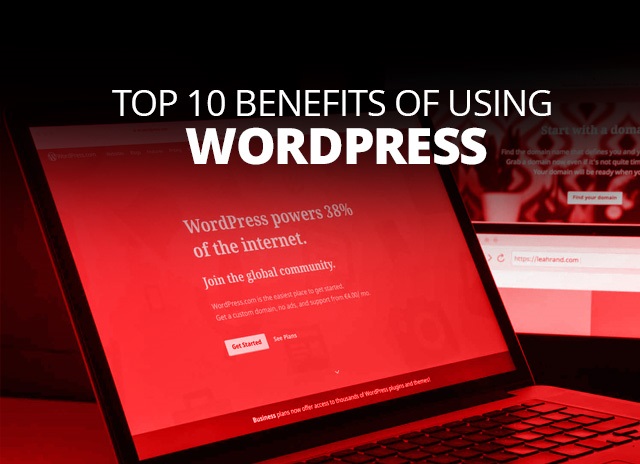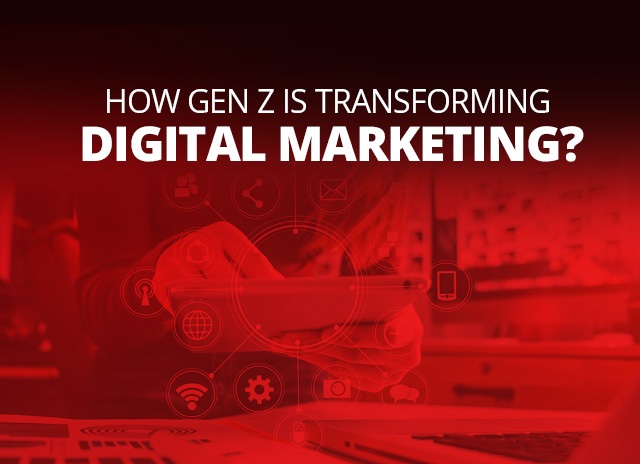Social Media Trends 2021: Optimize Your Digital Marketing Strategy For Social Success
Social media is developing to be much more critical than ever. To meet and attract more clients in 2021, we have collated the top 6 social media patterns for you.
For advertisers to gain and engage consumers, social media is a preferred channel. Social media marketing, known for an agile model, allows marketing teams to stay up to speed with the new changes in social and technical innovations to ensure that they take advantage of all the opportunities available.
It’s no surprise that this year has seen an unprecedented change in social media usage, alongside a whole host of other customer behavioral factors. Within this opportunity, there are challenges:
How do I keep my social media audience engaged?
What content is appropriate for today’s environment?
From rising platforms to worthy causes, utilizing social media for shopping, live events, or forming relationships, it’s time to dive into the 2021 social media trends.
1. THE ORGANIC SOCIAL MEDIA RELATIONSHIP FUNNEL
With rising concerns over privacy and fake-news, forming a trust relationship with your customers in 2021 is going to be harder than ever.
With studies showing that 75% of people don’t accept advertisements as truth, there is a lot to be said for a relationship marketing approach to building trust with your social media audience.
Social media platforms need to grow in their relationships with staff, clients, and bloggers to cut through in 2021, to ensure that our main brand campaigns are backed up by the voices that our clients trust most.
2. PEOPLE-FIRST SOCIAL MEDIA FIRST
Two-way communication is the key to lift your organic posts to the top of the social media of your audience. As we know, in addition to targeted paid advertising,’ the role of algorithms is to share specific content to users.
So, via a platform that your customers trust, an active online community that engages with your content through likes, comments, and shares will help you out by amplifying your content.
3. DIVERSIFICATION
Without recognizing the massive shake-up of social networks we’ve seen this year; we can’t talk about 2021 social media patterns. A modern approach to social interaction has been pioneered by TikTok, peaking in March 2020 with nearly 76 million downloads.
Tiktok is a common social network for short-form video sharing where celebrities and aspiring creators share content from dance, cooking demonstrations, and makeovers to animal videos and social media challenges created by users! This content proves to be highly successful with Tiktok’s fan base, of which 41% are aged 16-24.
4. LIVE SOCIAL MEDIA
Live social media has soared in terms of its uptake this year, and it’s not difficult to pinpoint that growth to a particular period earlier this year. Using live streaming to fill the physical void had become the new normal for so many consumers, but how are marketers using this opportunity to meet their customers live online? Many marketers who previously relied on events marketing have gone back to the drawing board this year. Embracing live social media innovation has enabled them to achieve their goals in a completely different way.
5. SOCIAL CONTENT FOR GOOD
A growing focus on political, environmental, and social issues throughout the year means increased social media conversations about the issues close to your customers’ hearts.
Reaching the tipping point, Merkle’s Q4 2020 Media Insights Report found that 56% of consumers say they have no respect for businesses that remain silent on important issues. So now’s the time to leverage your social platform to inform and reassure your customers.
6. SOCIAL COMMERCE
87% of e-commerce shoppers believe social media helps them make a shopping decision and with half the world’s population on social media, social commerce is the next logical step for online shopping.
Data from the US Department of Commerce, shared by Sprout Social, demonstrates social media’s share of total US retail sales rocketing up in 2020, and this trend is set to continue.
“Social commerce is not a new concept, but with the development of Pinterest catalogs, Facebook and Instagram shops alongside increasing online shopping behavior during the Pandemic, 2021 is the perfect time for social e-commerce to flourish. It’s easy, functional, and streamlined.
Infiltrating social media, where consumers spend a large chunk of their day, improves the shopping experience, and shortens the process. As humans, we’re always looking for simpler ways to get what we want.
Brands want to convert customers as soon as possible, therefore why waste time sending them to your website, for them to potentially leave because of user experience issues. Reduce drop-offs by selling directly from your social media posts. Marketers will want to focus more on their social media reach, engagement, and effectiveness; evolution is necessary if you want to survive in 2021.












